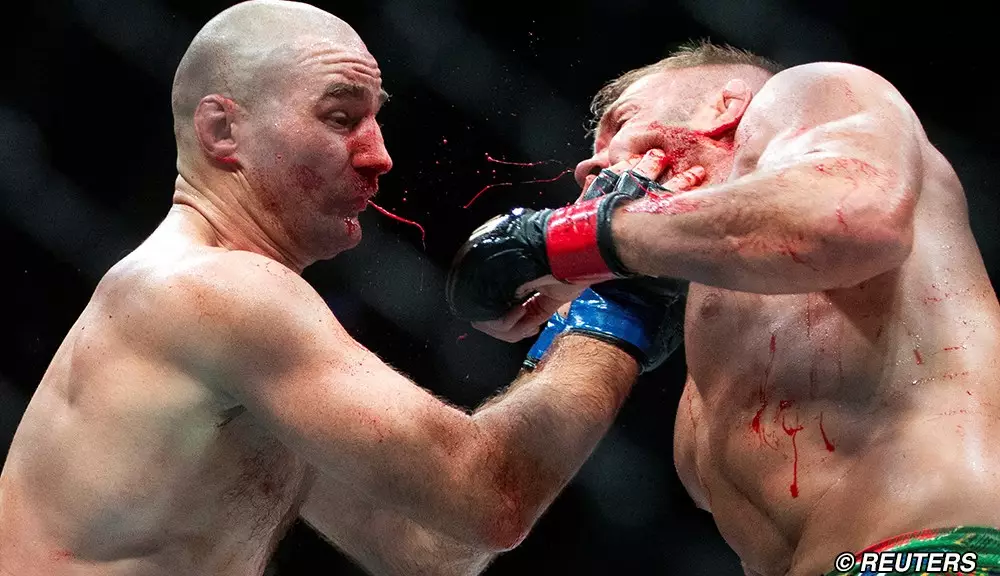Following UFC 312, disappointment looms over Sean Strickland’s fighting style and performance. Prior to stepping into the octagon for a highly anticipated rematch with Dricus Du Plessis, expectations were high. Strickland, known for his jabbing and teep-heavy tactics, had promised a marked improvement compared to his previous outings. Fans and analysts alike wanted to witness a fighter who would risk everything for victory—a claim he made countless times. However, after a unanimous decision loss that left much to be desired, it’s essential to dissect the gap between Strickland’s words and actions in the ring.
As the fight unfolded, it became clear that Strickland’s approach was not the game-changer he had touted. Although he faced a formidable opponent in Du Plessis, the fight showcased Strickland’s inconsistency. Observers noted that even before suffering a broken nose in the third round, Strickland fell short of fulfilling the aggressive tactics he had promised. His emphasis on jabbing and furtive movements did not translate into the more exciting, high-stakes fighting style he proclaimed would take center stage. This led to significant disappointment among fans who expected a thrilling performance.
MMA analyst and coach Din Thomas did not hold back in his critique of Strickland during the post-fight analysis. Highlighting a broader industry sentiment, Thomas stated, “Sean Strickland is not who he says he is.” His comments reflect a growing frustration not only from fans but also from insiders who have seen Strickland’s potential but have been underwhelmed by his recent performances. Thomas argued that despite Strickland’s skills, he has not demonstrated the willingness to push beyond his comfort zone—essentially “going to the death,” as he claimed he would.
Eric Nicksick, Strickland’s head coach, found himself in a precarious position guiding a fighter who fails to adapt in high-stakes moments. Repeated calls for Strickland to change his fighting strategy during the bout went unheeded, illustrating a concerning disconnect. While coaching strategies can have a profound impact on performance, the ultimate responsibility lies with the fighter. Strickland’s inability to make adjustments raises questions about his readiness to compete at the top tier and what it takes to reclaim the title.
In examining Sean Strickland’s performance at UFC 312, it’s evident that a reckoning is needed. Strickland’s inability to deliver on his promises leaves fans and analysts searching for answers. Expectations may have been high, but his vested interests in maintaining a particular image contrasted sharply with his in-ring antics. As discussions about his fighting future circulate, Strickland stands at a critical crossroads. He must either embrace the fighter he claims to be or recalibrate his approach and reveal his true potential in the octagon. For both Strickland and his supporters, it’s a matter of aligning expectation with reality in hopes of a more fulfilling journey moving forward.

